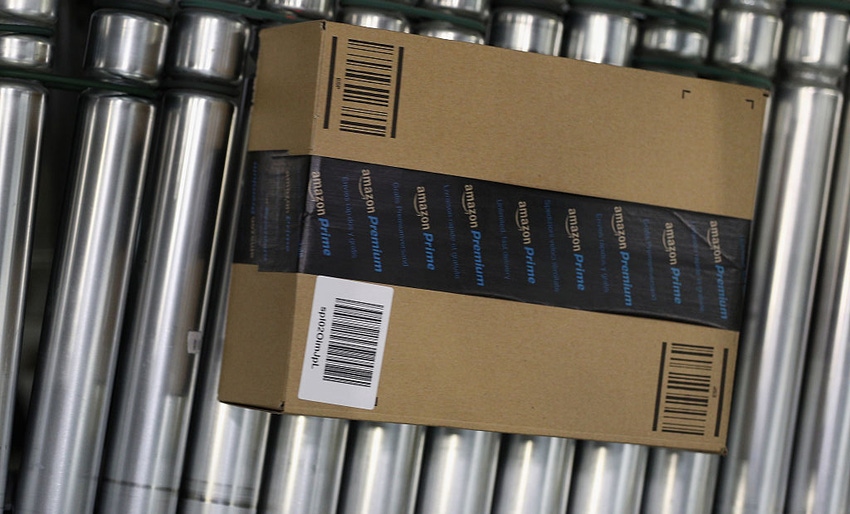Two natural products brands explain their logic around selling on Seller Central and Vendor Central.

Amazon has made online shopping so simple for consumers, but oh-so-complicated for brands.
“It was really daunting starting out on Amazon, and there was just so much we didn’t know,” said Erika Welsh, co-founder and chief marketing officer of nut butter company Wild Friends Foods. “It was a really steep learning curve.”
Welsh shared her experience in the most recent episode of the New Hope Network webinar series BrandCamp, which explores some of the toughest challenges in growing a natural products business today.
One of the first big decisions a brand must make is deciding what platform to sell on, which, for most packaged food and personal care brands, means weighing the pros and cons of Seller Central and Vendor Central.
Brands that engage with Amazon through Seller Central are technically a third-party and are selling directly to customers, giving them more control around that experience, said Andy Thompson, a marketplace strategist at digital marketing agency Booyah. On the other hand, brands must be invited to engage through Vendor Central, and in that case they sell wholesale to Amazon just as they would to any other retailer, while Amazon is actively pricing their products on the platform.
For Welsh and the small startup team that Wild Friends had when it first started selling on Amazon, it made more sense to start with Seller Central, which had a lower barrier to entry and allowed the company more control. “We’d heard stories about retailers being upset about brands’ pricing on Amazon, [so we were cognizant about] setting a price that wasn’t going to upset any of our retail partners,” Welsh said on the webinar. Seller Central also allowed Wild Friends to collect some good customer data, adhere to a more flexible fulfillment timeline, receive payment quicker and access Seller Support services, she added.
But as the brand has grown, Welsh said it’s converted most of its Amazon business to Vendor Central to simplify the selling and distribution process and take advantage of more rich marketing and brand storytelling opportunities.
For skin care company Thrive Natural Care, the transition went the other way. Following its launch in Whole Foods Market stores in 2014, Thrive was approached by Amazon, which was at that time starting up its Launchpad program for startups and beta testing what is now A+ Content, a program that allows for vendors to enhance their product pages with media and detailed product descriptions. “We saw a really good opportunity as a really small brand to partner with them and to do something other than just talk about our price and maybe a few ingredients,” co-founder and CEO Alex McIntosh said on the webinar.
But by 2016, the company had transitioned most of its business to Seller Central. “What made that a good bet for us was that we had really clean distribution, so we knew that we could own the Buy Box entirely, or at least consistently,” McIntosh said.
Booyah's Thompson and his colleague Sam Hager offered up some considerations for brands when deciding which platform is best:
Fee structures
Pricing control
Content
How you receive money
How much data you want
How you want to engage with the customer
 For more on the pros and cons of Vendor Central and Seller Central, plus an overview of key factors for Amazon success, how to optimize your listing quality, and considerations for harmonizing e-commerce and brick and mortar, purchase the BrandCamp: Navigating Amazon replay.
For more on the pros and cons of Vendor Central and Seller Central, plus an overview of key factors for Amazon success, how to optimize your listing quality, and considerations for harmonizing e-commerce and brick and mortar, purchase the BrandCamp: Navigating Amazon replay.
About the Author(s)
You May Also Like




